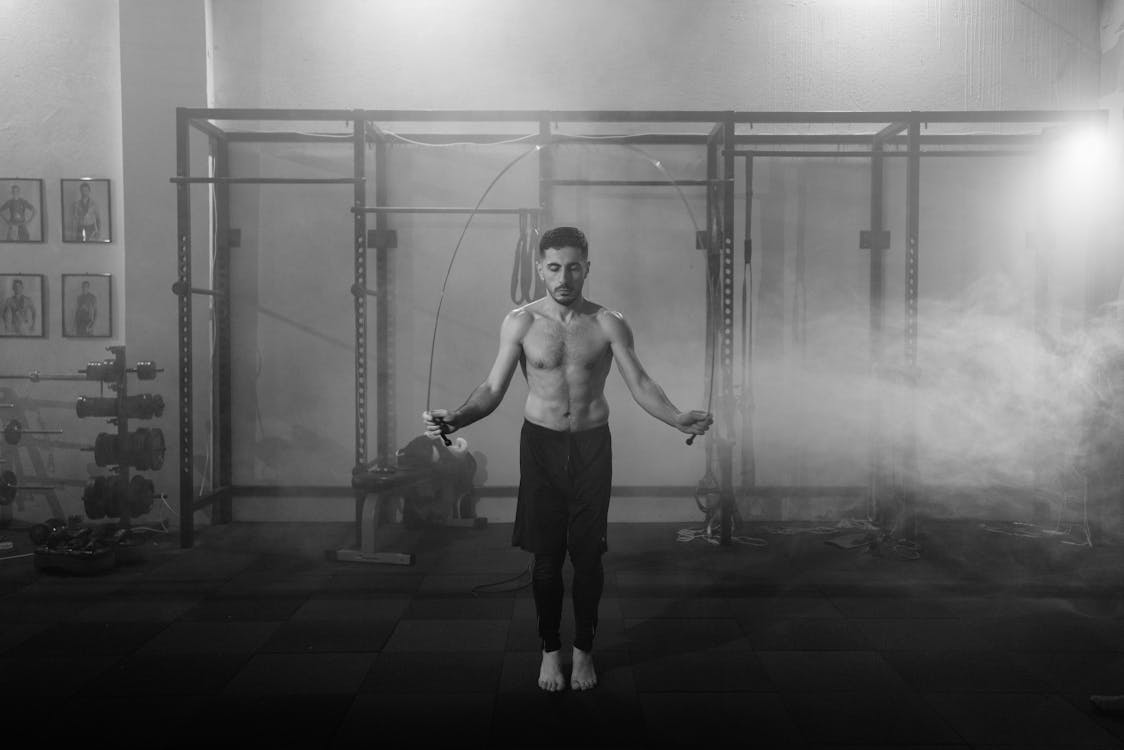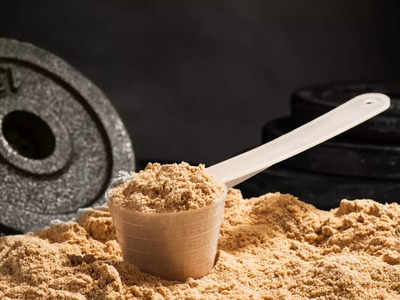What is HIIT (high-intensity interval training) and why can it be good for us?
High-Intensity Interval Training (HIIT) is a form of exercise that involves alternating between periods of high-intensity and low-intensity activity. It has gained significant popularity in recent years due to its proven ability to provide numerous health benefits in a short period of time – something which has great appeal to those with limited free time and tight schedules.

Benefits of HIIT
- Cardiovascular Health: HIIT has been shown to be more effective than traditional steady-state aerobic exercise for improving cardiovascular health. In fact, just two weeks of HIIT training has been shown to improve the cardiovascular health of sedentary individuals.
- Fat Burning: A study published in the Journal of Obesity found that participants who engaged in HIIT three times per week for 15 weeks experienced significant reductions in body fat, compared to those who did steady-state aerobic exercise.
- Metabolism Boost: HIIT can boost metabolism. During high-intensity exercise the body burns a significant number of calories, which continue to be burned for hours after the workout has ended. This is known as the “afterburn effect.”
- Muscle Building: HIIT has been shown to increase muscle mass and strength. A study published in the Journal of Strength and Conditioning Research found that participants who did HIIT twice per week for eight weeks saw significant increases in muscle strength and size, compared to those who did steady-state aerobic exercise.
- Mental Health: HIIT has also been shown to have a positive effect on mental health. A study published in the Journal of Sports Science and Medicine found that HIIT can improve mood and reduce feelings of depression and anxiety.
- Time Efficient: An obvious benefit of HIIT is that it can be completed in a short period of time. A typical HIIT workout may only last 20-30 minutes, making it a convenient option for those with busy schedules.
Examples of HIIT Workouts
Repeat any one of the following up to 15 times:
- Sprinting for 30 seconds, followed by walking for 30 seconds
- Jumping jacks for 30 seconds, followed by a 30-second plank
- Burpees for 30 seconds, followed by 30 seconds of jumping rope
- Mountain climbers for 30 seconds, followed by 30 seconds of squats
- Swimming laps for 30 seconds, followed by 30 seconds of rest
Precautions
It is important to note that HIIT can place a significant strain on the heart and cardiovascular system. Therefore, individuals with a history of heart trouble should consult with a doctor before starting a HIIT program and listen to their bodies and take breaks as needed during their workouts. It may be beneficial for those with heart trouble to start with a lower intensity HIIT program and gradually work up to more intense workouts.
Other Forms of Exercise Similar to HIIT
Many sports, such as boxing, offer conditioning similar to HIIT training. These sports typically involve periods of intense cardio activity (such as throwing a punch combination) punctuated by less intense activity or rest periods (breaks between rounds).
Conclusion
In conclusion, the benefits of HIIT – including improvements in cardiovascular health, fat burning, metabolism boosting, muscle building, and mental health – make it an appealing option for those looking to improve their health and fitness. While HIIT can be a challenging form of exercise, it can be approached with caution and modified for individuals with a history of heart trouble by starting with lower intensity workouts and gradually increasing intensity.






